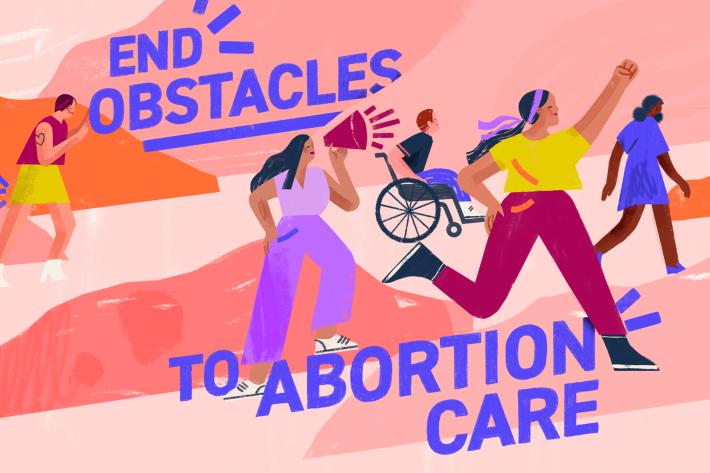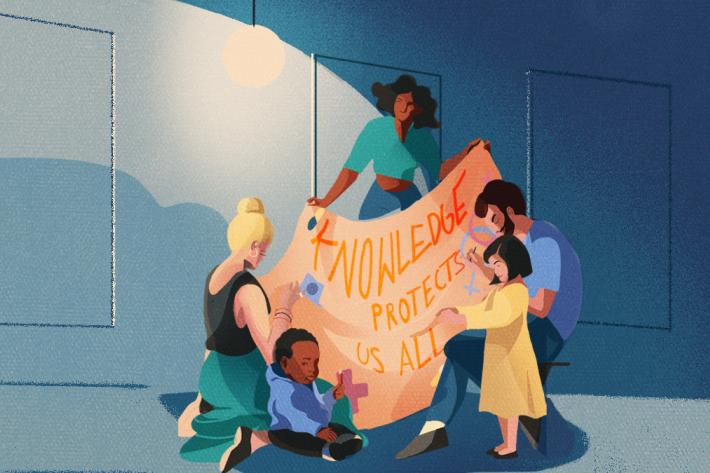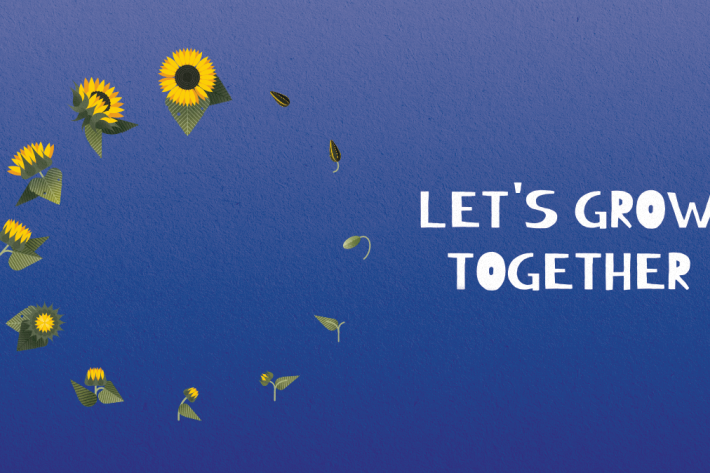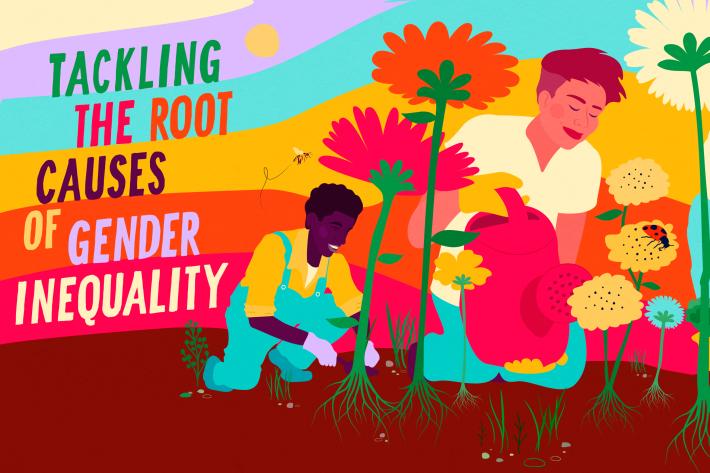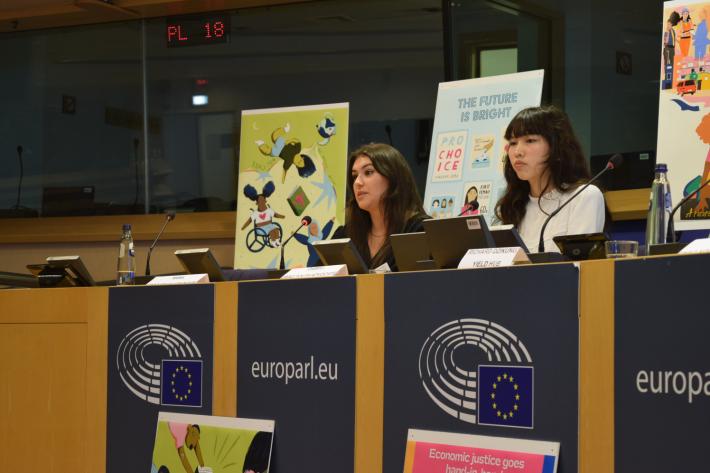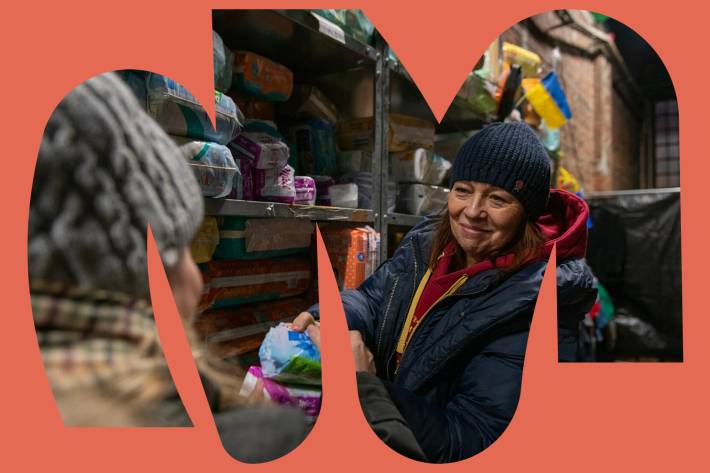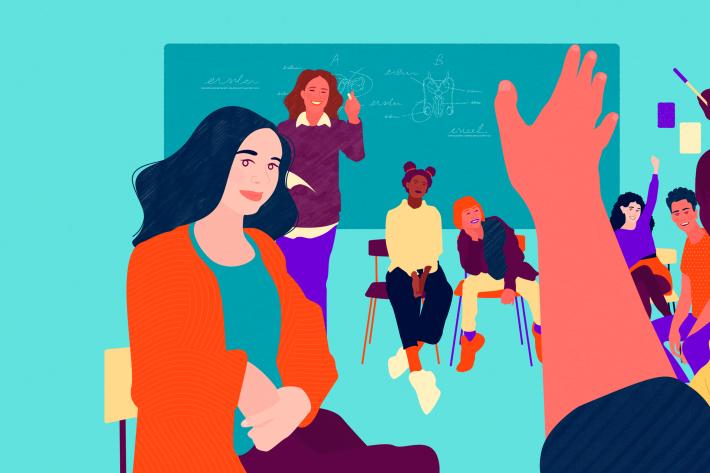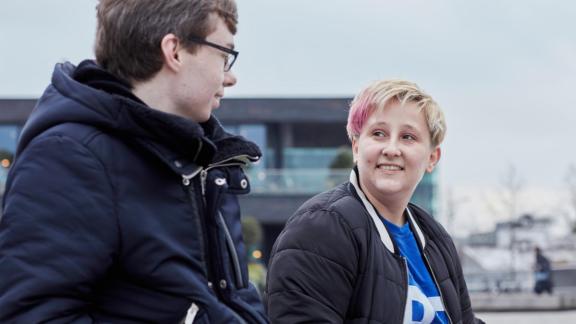Spotlight
A selection of resources from across the Federation
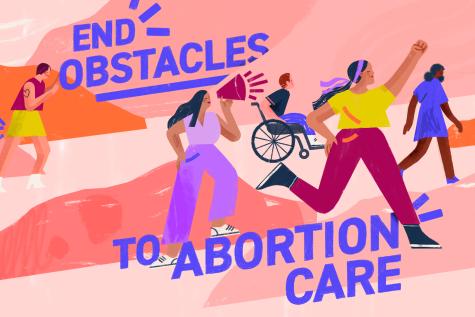
Abortion Care and Costs in Europe and Central Asia
IPPF EN carried out research into the economic burden that women face in accessing abortion care in Europe and Central Asia. This factsheet provides a snapshot of the findings.
Filter our resources by:


| 24 April 2020
Women and girls left without care: a snapshot in time during COVID-19
COVID-19 is endangering the sexual and reproductive health and safety of women and girls and vulnerable people across Europe. They are left without access to essential medical services such as contraception and abortion care, HIV and STI testing and reproductive cancer screenings, and respectful maternal healthcare. The huge reduction in these services is putting lives, health and wellbeing at risk, particularly those of vulnerable groups whose only access may be through subsidised services provided by civil society. Gender-based violence has surged, with lockdown making it harder to provide support and shelter to women desperately in need of it. This report has been compiled by IPPF EN and EPF from surveys that were conducted with their respective stakeholders on the impact of COVID-19 on the sexual and reproductive health and rights of people, particularly women and girls, in Europe, and on Europe’s international cooperation on sexual and reproductive health and rights (SRHR). The content of the report derives from what stakeholders in different countries reported as the situation in their country at the time of reporting – early April - and thus aims to provide an overall ‘snapshot in time’ of what was clearly already a significant effect of the pandemic on SRHR. However, the situation is highly dynamic and evolving daily, so be aware some of the situations reported may already have changed. We will be producing new information as data comes in, but in the meantime, we hope you find this a useful overview of the current context.

| 09 January 2020
The IPPF EN partner survey: Abortion legislation and its implementation in Europe and Central Asia
The Survey looks at the relevant legislation on abortion care in 42 countries, but crucially it also explores how these laws are interpreted by providers and experienced by women and girls. It is designed to provide an overview of women’s and girls’ experience around accessing abortion care, to highlight current threats to their reproductive health and rights, to identify ‘best-fit’ practices and to stimulate further debate and research. The Survey is not a research paper, but rather a synthesis of the expertise and understanding of our Members and Partners working in the field and serving women every day. The report begins by situating abortion care as an essential component of women’s reproductive health, as defined within the broader framework of international human rights law, specifically the Right to the Highest Attainable Standard of Physical and Mental Health. It then examines to what extent current provision within national borders aligns with or deviates from state obligations to care for and value equally women and girls. It covers four key areas: the criminalisation of abortion; the various grounds available to women and girls to access abortion care and the time limits imposed thereon; the additional institutional and procedural hurdles to abortion care; and finally, the significant financial burden inflicted on women and girls when accessing care across the region. For each section, the ‘best’ and ‘worst’ country scenarios have been referenced to highlight how differently a particular barrier to care might be implemented and then experienced by women and girls across Europe and Central Asia.

| 01 December 2017
Health, rights and well-being - new tool for HIV and SRH care for young people
This new toolkit aims to support young people in Eastern Europe and Central Asia who are particularly vulnerable to HIV infection and are facing widespread stigma, discrimination and violence. “Health, rights and well-being” is a practical guide for programming on HIV and sexual and reproductive health care with young key populations in Eastern Europe and Central Asia, available in both English and Russian. It was developed on the basis of discussions in eight countries with young people from groups that are most at risk of HIV infection: sex workers, drug users, men who have sex with men and prisoners. The toolkit describes the situations they face, policy and legal contexts, and includes examples of good practice and tips for implementing successful programmes from the young people themselves. We believe that it provides very practical support to all those working to ensure that the rights of these young people are met, that discrimination is stopped, and that they can fulfil their potential. The guide is designed for public health care professionals, health workers, managers of HIV and SRHR programmes and NGOs, including community groups. We hope that it will also be of interest for international funding organisations as well as advocates and decision-makers.

| 30 November 2017
Photo Gallery: Rising HIV numbers and funding cutbacks - Macedonia at the crossroads
This article was written in September 2017. Since then, thanks to the work of NGOs including our member HERA, Macedonia’s government has committed to providing long-term funding for all HIV programmes for marginalised people. Although HIV prevalence is low in Macedonia, with only 151 people registered as living with HIV, these small numbers mask a complex picture, and one that is rapidly changing. In 2016, there were 40 new HIV diagnoses, the majority of them among men who have sex with men. Macedonia is not alone in facing a rise in HIV cases. In many parts of Central and Eastern Europe, the rate of new infections is growing. Between 2010 and 2015, the region saw a 50 per cent rise in new HIV infections annually. Another looming problem that threatens to send Macedonian HIV rates spiralling upwards is a funding crisis precipitated by donor cutbacks and political uncertainty. Between 2004 and 2016, Macedonian HIV programmes received almost $25 million from the Global Fund to Fight AIDS, Tuberculosis and Malaria. Much of this money was channelled into HIV prevention, funding NGOs that target those deemed most vulnerable to infection – sex workers, people who inject drugs, men who have sex with men and prisoners. But in 2016 this funding was phased out and NGOs on the frontline are left hoping that the new government will deliver fully on a recent commitment to step in with similar levels of funding in 2018. In the chasm left by the country’s public healthcare system, Macedonia’s sexual health and rights NGOs work tirelessly to plug the gap, often on a shoestring and in an increasingly uncertain funding landscape. HERA, IPPF's member in Macedonia, is a leading NGO providing free HIV testing services, sexual health support and advocacy. It works closely with smaller organisations around the country to ensure support for young people, sex workers, people who inject drugs and men who have sex with men. These NGOs are many people’s first port of call for HIV tests and other vital health care.

| 10 November 2017
Confronting gender stereotypes in Serbia
Our member SRH Serbia (the Serbian Association for Sexual and Reproductive Health and Rights) decided to challenge gender stereotypes in Serbian society through the act of theatre-based workshops, in partnership with IPAK Center. In a country where social issues like gender are rarely a serious part of public debate, boys and girls taking part literally walk in one another's shoes to help challenge and dismantle 'gender roles'. As SRH Serbia's Dragana Stojanović says, "gender roles are merely roles that we are playing all our lives, and this is why playing them on the stage makes perfect sense." The project was funded by IPPF's Innovation Fund.
| 10 November 2017
Annual Report 2016
In 2016, IPPF EN continued to support our members and partners in Europe and Central Asia in the fight to make sexual and reproductive health and rights (SRHR) a reality for all. Our focus was, as always, on helping women and young people who are neglected by governments, or attacked by regressive forces that seek to control the bodies and lives of others. This annual report presents some of the highlights of our work. These include championing women’s rights at a time when reproductive bullying is on the rise, helping to ensure that governments deliver on SRHR and gender equality, including in the Global South, and paving the way for increasing numbers of young people to develop crucial life skills through sex and relationships education. In the world’s only region with rising levels of HIV infections, we worked to ensure that the most vulnerable young people don’t slip through the cracks as donors pull out and governments fail to step up, and we helped ensure that life-saving sexual and reproductive health care is not overlooked in humanitarian emergencies, where women and girls are always at greatest risk.









